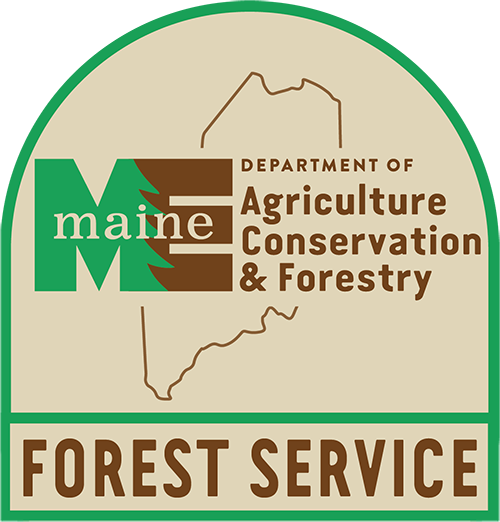Bureau/Division/Agency
Forest Services
Document Type
Text
Exact Creation Date
10-2020
Language
English
Recommended Citation
Department of Agriculture, Conservation and Forestry and Maine Forest Service, "Armillaria root disease/Shoestring root rot (Armillaria spp.)" (2020). Forest Service Documents. 268.
https://digitalmaine.com/for_docs/268
File Size
30.7 MB
Files over 3MB may be slow to open. For best results, right-click and select "Save As"
Rights Statement
No Copyright - United States. URI: http://rightsstatements.org/vocab/NoC-US/1.0/
The organization that has made the Item available believes that the Item is in the Public Domain under the laws of the United States, but a determination was not made as to its copyright status under the copyright laws of other countries. The Item may not be in the Public Domain under the laws of other countries. Please refer to the organization that has made the Item available for more information.



Description
Armillaria root rot disease is caused by any of several species of fungi in the genus Armillaria. The genus Armillaria includes “facultatively parasitic” root and butt rot fungi that produce rhizomorphs (Figure 1). A facultative parasite in this case is an organism which survives mostly on dead, woody tissues but can, under some conditions, act as a pathogen and infect living trees. Armillaria root disease infections primarily spread underground as the fungus moves along roots of infected trees to adjacent uninfected hosts. The fungus can also spread in the form of spores produced by the mushroom it produces (Figure 2), although this is thought to be less common. There are about ten species of Armillaria that occur in North America, with seven species occurring in the Northeast.